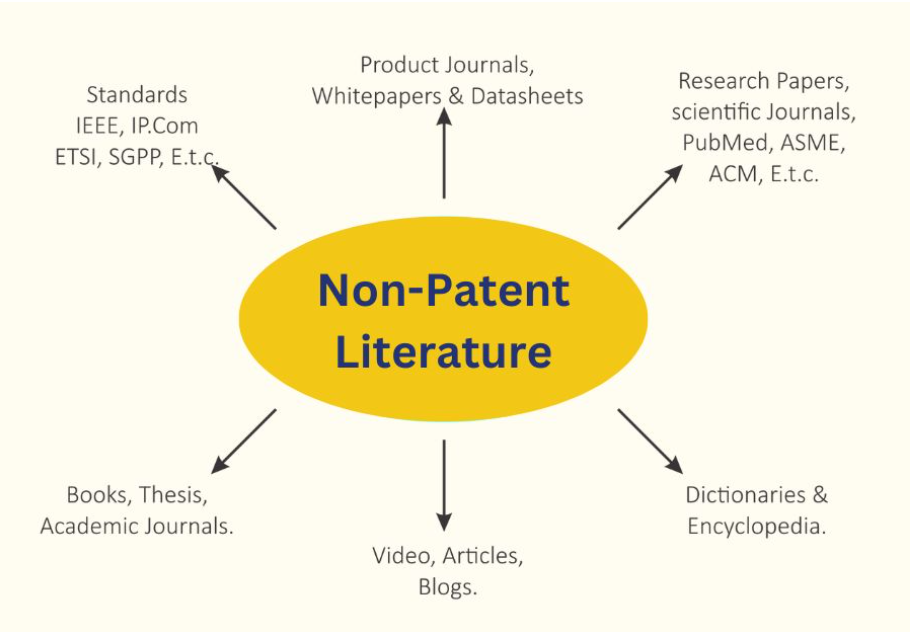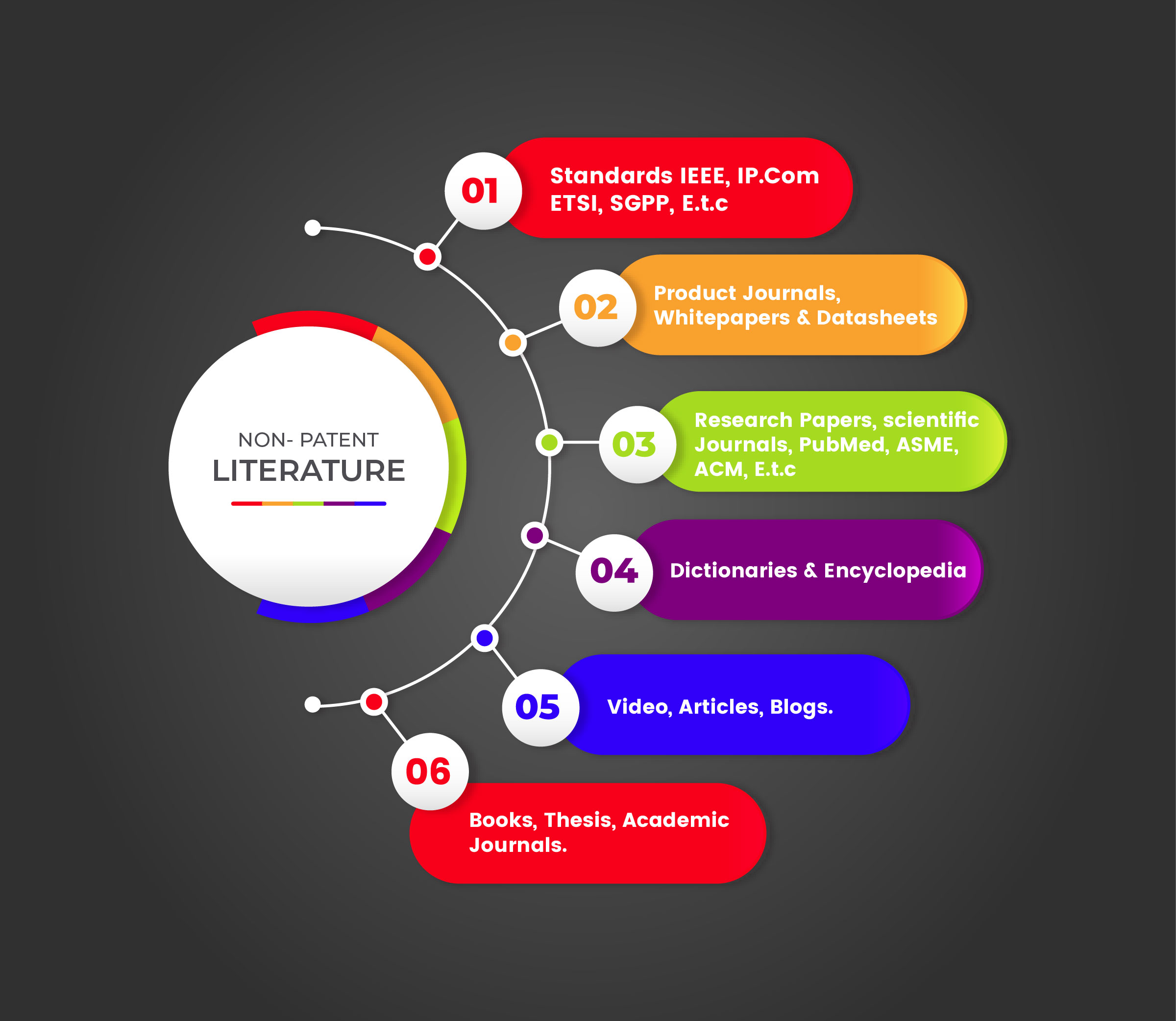Practical Applications of NPL Searches
Landscape Analysis:
Mapping out the technological and competitive landscape in a specific field.
Research and Development (R&D):
Supporting innovation by identifying gaps in existing knowledge.
Litigation Support:
Providing evidence in IP disputes or patent infringement cases.

